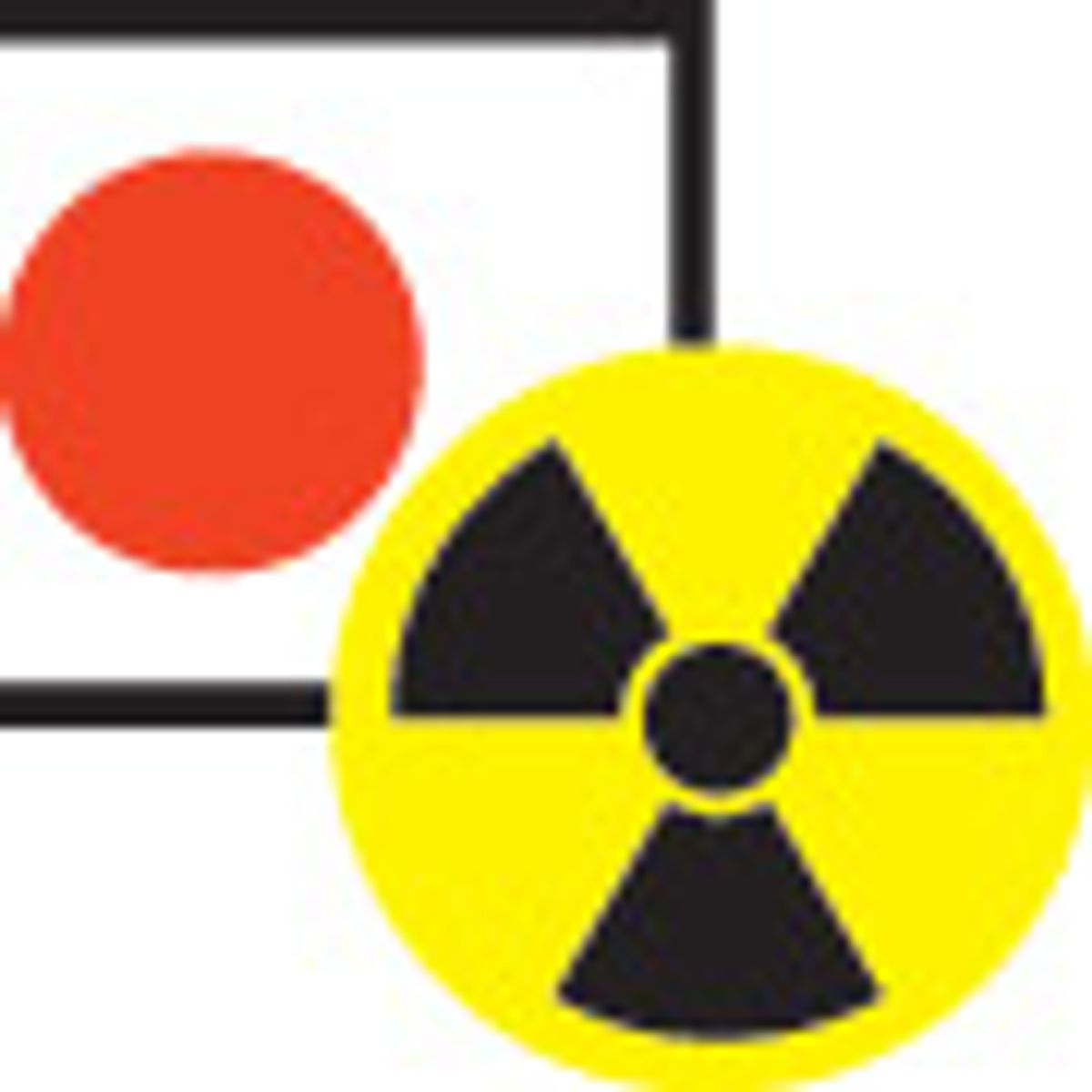Editor's Note: This is part of the IEEE Spectrum special report: Fukushima and the Future of Nuclear Power.
15 March 2012—The last of remaining nuclear reactors still in operation in Japan is due to shut down for inspection in late April. Of those already taken off line for inspection or other reasons—52 in all—most are undergoing mandatory safety stress tests in the wake of the Fukushima nuclear accident. Yet given the country’s historical reliance on nuclear energy for 30 percent of its electricity needs, government officials don’t appear too concerned that come summer, when electricity demand is at its highest, Japan may be without any nuclear generation at all.
Only three reactors have had their stress tests vetted by safety regulatory agencies to date. The final step before these reactors can resume operation requires the government to give its approval, but it must first obtain consensus from local governments in the vicinity of the nuclear plants—something that cannot be taken for granted given the backlash against nuclear power.
Last Thursday, Yukio Edano, head of the Ministry of Economy, Trade and Industry, told the foreign press in Tokyo that government approval of the first safety tests would not be decided “until the end of March at the earliest, so I cannot say whether there will be zero reactors, one or two, or a few more [in operation by the summer].” He added that a computer simulation (created late last year) of the Japanese electrical system without any nuclear reactors in operation indicated that there would be an electricity shortage of around 10 percent during the peak summer demand (178 gigawatts in 2010).
But with the government preparing to ask everyone to reduce energy use, and with the power companies adding other means of generation, in particular thermal power plants, Edano seemed confident that Japan could get through the summer without resorting to scheduled blackouts.
Tokyo Electric Power Co. (TEPCO), for instance, has restored a number of idled thermal plants to operation during the past year, and it has purchased others as well. As a result, its total thermal-generation capacity—assuming all plants are operating nonstop, which is not realistic—has increased from about 38.7 GW in March 2011 to 48.6 GW as of February of this year. The utility’s actual operating capacity in February (including nonthermal sources) was 53.7 GW.
Some academics are echoing Edano’s dispassionate attitude. “Whether there will be blackouts really depends on the climate, how hot and humid the summer will be,” says Takao Kashiwagi, director of the Tokyo Institute of Technology’s International Research Center of Advanced Energy Systems for Sustainability. “If the temperature gets very high, then there is a possibility, maybe 5 to 10 percent, of blackouts.”
But Kashiwagi expects companies and consumers to make the same successful efforts as last summer to reduce energy use. At that time, a number of factories and businesses started each working day earlier, when temperatures were cooler, while others operated over the weekend when demand was lower. Kashiwagi also said that the government is drawing up a bill he expects to see presented to the parliament in June that would add a charge to business consumers during times of peak demand.
A correction to this article was made on 19 March 2012.
About the Author
John Boyd writes about science and technology from Kawasaki, Japan. In the March issue he explained the delay in ramping up renewable energy in Japan.

